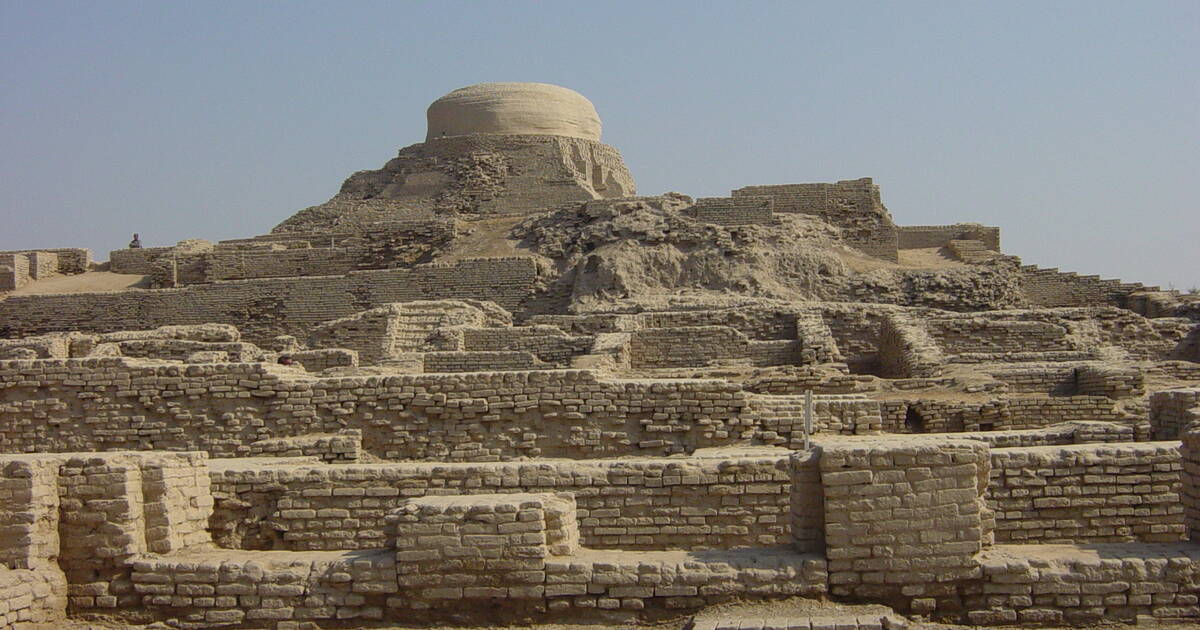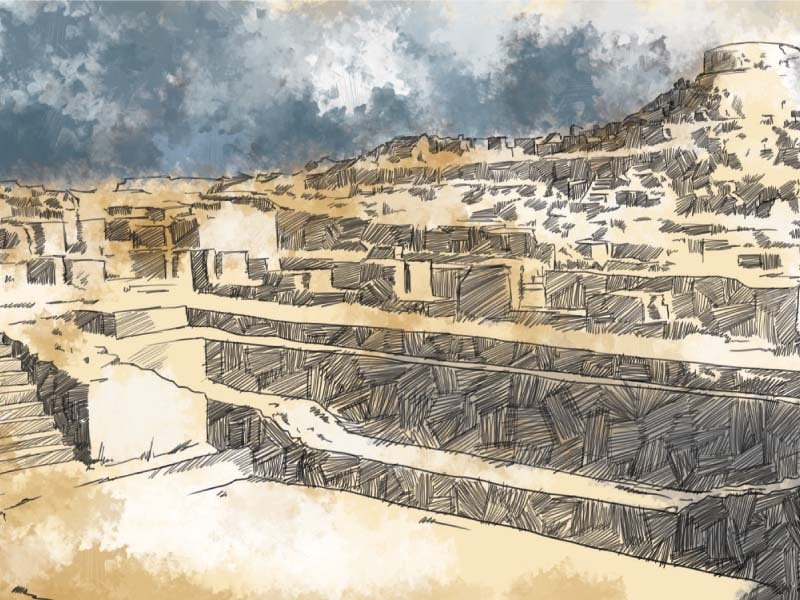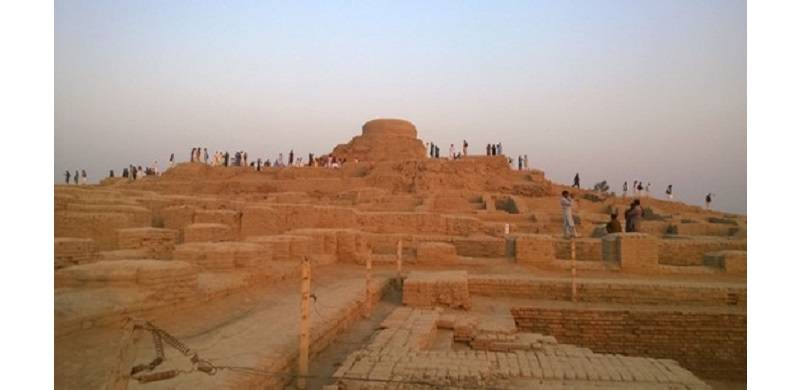No.
Rakhigari is the biggest IVC site, so probably had capital status.
Lothal was probably the biggest site of maritime trade
Increasingly clear that Harappa etc. might be important trading outposts on the outskirts of the IVC.
Spread is larger in India because it has more fertile soil.
From wiki
Mohenjo-daro (/moʊˌhɛndʒoʊ ˈdɑːroʊ/; Sindhi: موهن جو دڙو, lit. 'Mound of the Dead Men'; Urdu: موئن جو دڑو [muˑənⁱ dʑoˑ d̪əɽoˑ]) is an archaeological site in Larkana District, Sindh, Pakistan. Built c. 2500 BCE, it was the largest settlement of the ancient Indus Valley Civilisation, and one of the world's earliest major cities, contemporaneous with the civilizations of ancient Egypt, Mesopotamia, Minoan Crete, and Norte Chico.[2][3]
its height, the Indus Civilization spanned much of what is now Pakistan and North India, extending westwards to the Iranian border, south to Gujarat in India and northwards to an outpost in Bactria, with major urban centers at Harappa, Mohenjo-daro, Lothal, Kalibangan, Dholavira and Rakhigarhi. Mohenjo-daro was the most advanced city of its time, with remarkably sophisticated civil engineering and urban planning.[13] When the Indus civilization went into sudden decline c. 1900 BCE, Mohenjo-daro was abandoned.[11][14]
More here

Archaeological Ruins at Moenjodaro
The ruins of the huge city of Moenjodaro – built entirely of unbaked brick in the 3rd millennium B.C. – lie in the Indus valley. The acropolis, set on high embankments, the ramparts, and the lower town, ...
Once again thread is not about claiming








